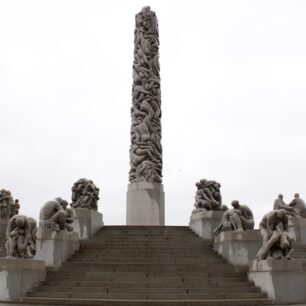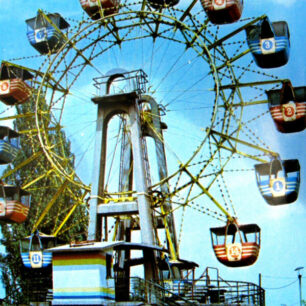In the sunny squares of Catalonia, you can witness something both ancient and alive: the human towers, called castells. These amazing towers are not made of stone or steel, but of people — shoulders on shoulders, arms locked in unity, climbing together in balance and trust.
What Are Castells?
The word castell means “castle” in Catalan. Here, the “castle” is a tower made by people standing on each other’s shoulders in different levels. The tower is crowned when a small child climbs to the top and raises one arm high — a moment that fills the crowd with joy and emotion.
These towers are built during festivals in towns and cities across Catalonia. The building of castells is such a special part of Catalan culture that it was recognized by UNESCO as part of the Intangible Cultural Heritage of Humanity in 2010.


A Bit of History
The story of castells began in the 18th century in the town of Valls, near Tarragona. At that time, people performed folk dances that ended with small human towers. Over time, the tower-building became a separate art form.
By the 19th century, the first “golden age” of castells had begun, with teams already building towers of up to nine levels. Later, during the early 20th century, the tradition faded for a time, but it was revived after the 1980s and continues to grow stronger today.

The Building Blocks: How a Castell Works
When you watch a castell being built, you will see several important parts:
- Pinya – the big circle of people at the base that supports the whole structure and catches anyone who might fall.
- Folre and Manilles – extra support layers used in very tall towers to give more strength.
- Tronc – the main body of the tower, made up of several stacked levels of people.
- Pom de dalt – the small top section with children who climb and complete the tower.
The main motto of every colla (team) is “Força, equilibri, valor i seny” – Strength, balance, courage, and common sense.

The Attire: Belts, Shirts, and Symbols
The clothes worn by the castellers are not just for style — they have important functions:
- Shirt: Each team has its own color and emblem. It shows their identity.
- White trousers: Traditional and symbolic, representing unity.
- Faixa (belt): A long, wide sash wrapped tightly around the waist. It supports the back and also serves as a hand- or foot-hold for climbers.
- Bandana or headscarf: Usually red with small white dots. It protects the head and adds grip.
- Bare feet: Climbers go barefoot to feel their way safely up the tower.
Together, these small details make the sight of a castell even more colorful and meaningful.

Why It Matters: The Spirit Behind the Towers
Castells are much more than just a show — they represent teamwork, trust, and community. Everyone plays a role, from the strongest adults at the base to the smallest children at the top.
Each successful tower tells a story of unity and balance. For Catalans, this tradition is a proud symbol of their cultural identity and togetherness.
Curious and Interesting Facts
- The tallest human towers reach up to ten levels high.
- There are more than 100 casteller teams across Catalonia.
- The small children at the top are usually around five or six years old.
- The faixa belt is wrapped around several times and is reused by many team members.
- Teams train all year long for just a few main performances during festival season.
- Helmets for children became mandatory for safety in modern times.
Visiting a Castell Performance
If you plan to visit Catalonia and want to experience castells live, here are some tips:
- Look for local festivals — especially in Tarragona, Valls, Vilafranca del Penedès, and Barcelona.
- Arrive early to get a good view — most performances happen in crowded town squares.
- Watch the teamwork — you’ll see hundreds of people breathing and moving as one.
- After a successful tower, you’ll feel the explosion of joy as the crowd celebrates.


Why Travelers Love This Tradition
For travelers, seeing a castell in person is like watching a live sculpture made of people. It combines art, courage, community, and emotion all at once. You don’t just watch it — you feel it.
It’s one of those travel experiences that stays in your memory forever and helps you understand the true heart of Catalonia.
The human towers of Catalonia are living symbols of unity and human strength. They remind us that great things are built when people trust and support one another — literally.
When you stand in a Catalan square and see a castell rising before you, you feel something powerful — the rhythm of teamwork, the balance of courage, and the beauty of tradition.

May your journeys be bold, your memories endless.





